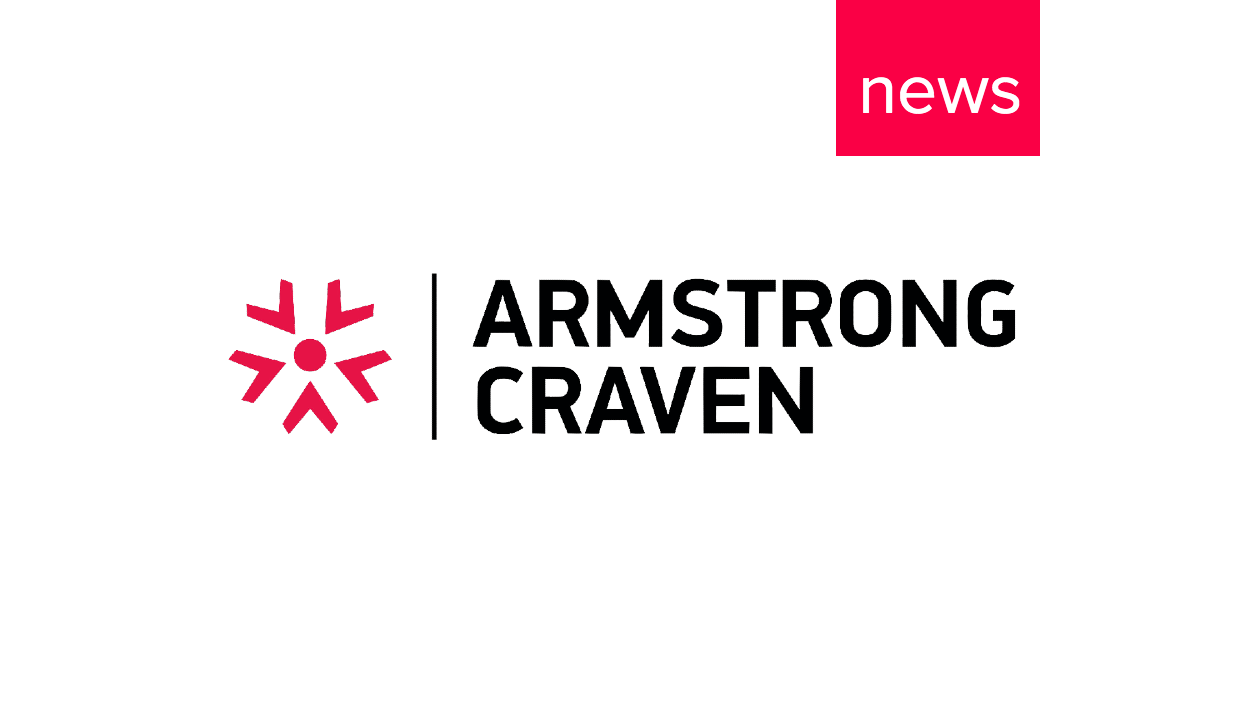Building a Proactive Approach to Recruitment With Talent Pipelining
01 Dec, 20193 min
Typically, a company uses a recruitment agency to fill vacancies as quickly as possible. The entire process is used reactively as an answer to a sudden change within the business. Instead of filling current positions, HR leaders should be proactively thinking about the type of talent they want to bring into the business as it plans for future growth.
Talent Pipelining provides companies with a long-term talent strategy, and while it requires some investment, the benefits of acting proactively instead of reactively outweigh the costs.
How talent pipelining provides a proactive approach
Requires a consultative approach
Talent pipelining includes a deep dive into a company, the industry it occupies and the competitive landscape surrounding it. This means a business receives much more than just a list of potential employees, they learn more about candidates, how to attract them and the perception of their brand.
The needs of candidates are continually changing, and a talent pipeline report can educate those in charge of talent acquisition on how to attract the most prominent industry names in the current and future industry conditions.
Significantly reduces the time to hire
Building a talent pipeline allows you to identify potential candidates for roles you may not currently but will in the future as the business grows. From here, companies can start building relationships with these experts and create a strategy for when the time is right. Alongside this, the pipeline will establish the ideal candidate profile, giving insights into what perks and benefits would make them consider a career move.
This means a talent acquisition team don’t need to cycle through redundant CVs to find the best available candidate, they already have the market knowledge and talent pipeline to make an intelligent hire.
Builds a pipeline built around the culture
Reactive recruitment may be able to find qualified candidates, but it can often take the first interview to discover whether they’d fit the culture, wasting time for both the candidate and talent acquisition team.
However, through the talent pipelining process, acquisition teams are given a list of candidates they can build relationships with to discover whether or not they’d be a good fit for business as they plan to expand the company’s teams.
Effective talent pipelines identify passive talent
The best industry talent doesn’t have time to seek new and exciting opportunities, but that doesn’t mean they’re not open to them. A talent pipeline proactively seeks out the best talent in the industry, so a company can approach them instead of awaiting relevant CVs.
It also allows a business to have open conversations with passive candidates in advance so that both parties can be sure they’re making the right move when it comes to planning their futures.
Creating a talent pipeline strategy allows businesses to know who they should be looking to bring on board when they need to begin recruiting. Through having an active talent pipeline, hiring managers can significantly reduce the time and cost per hire. So, whether it’s succession planning or supporting business growth, talent pipelining provides plenty of proactive opportunities for businesses. To find out more get in touch with our team today.
Speak with an expert
If you want to learn a little more about what we do and how talent research can help you make better-informed business decisions, our team of talent research and consulting specialists are happy to help.






